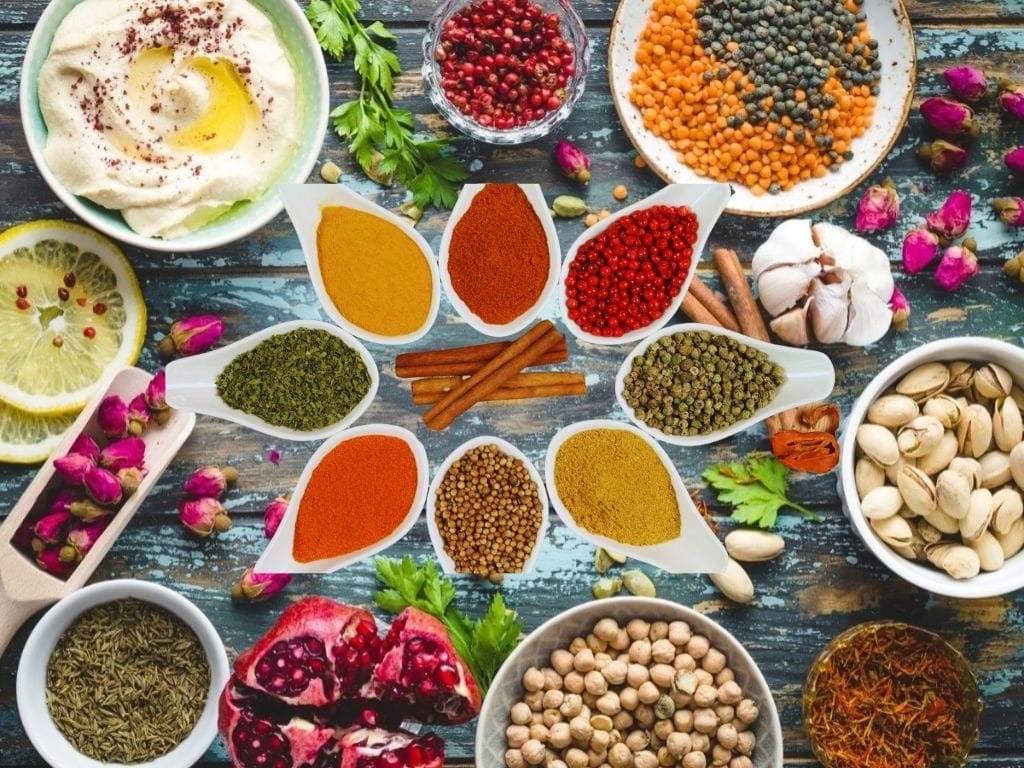10 Key Ingredients in Singapore Muslim Cooking
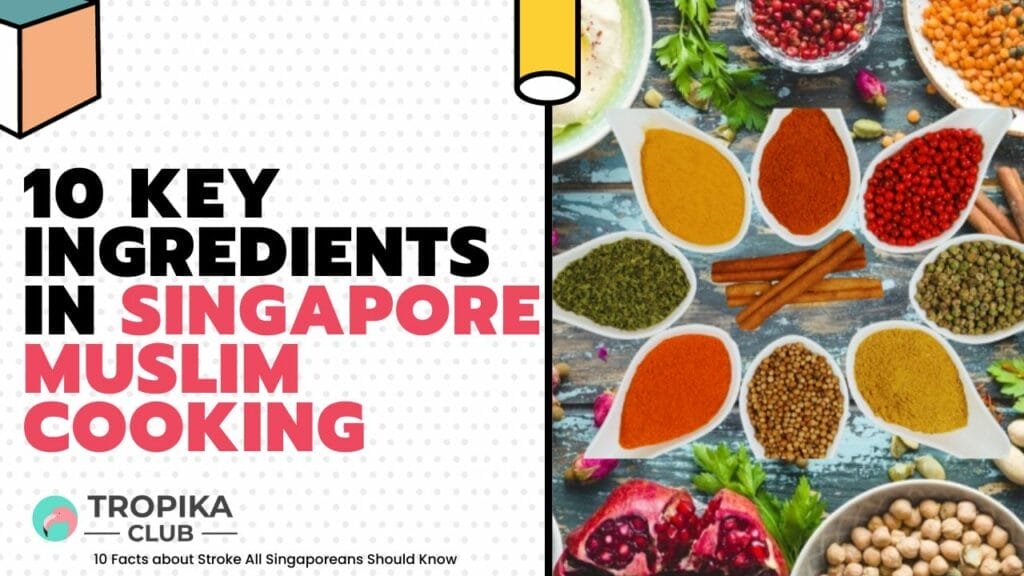
No Time to Read? Here’s a Snappy Summary of This Article
- Diverse Culinary Influences: Singaporean Muslim cooking blends flavors from India, Malaysia, Indonesia, and China into delectable dishes.
- Signature Spices: Fragrant spices like cinnamon, cardamom, and star anise infuse dishes with a rich, aromatic depth.
- Rice Paradise: Nasi lemak and biryani are rice-based staples in Muslim cooking, offering a delightful mix of textures and tastes.
- Sambal Sensation: Fiery sambal sauces add a spicy kick to many dishes, enhancing the overall flavor profile.
- Seafood Delights: Singapore’s coastal location brings fresh seafood to the table, featured in dishes like grilled stingray and sambal squid.
- Sweet Endings: Desserts like kueh lapis and bubur cha cha provide a sweet conclusion to the culinary journey.
Table of Contents
Introduction
When it comes to the culinary landscape of Singapore, few cuisines are as rich, diverse, and deeply rooted in tradition as Muslim cooking. With a blend of spices, herbs, and unique cooking techniques, Singapore Muslim cuisine is a gastronomic journey that tantalizes the taste buds and warms the soul. In this article, we’ll take you through the 10 key ingredients that are the backbone of Singapore Muslim cooking. So, grab your apron and let’s get cooking!
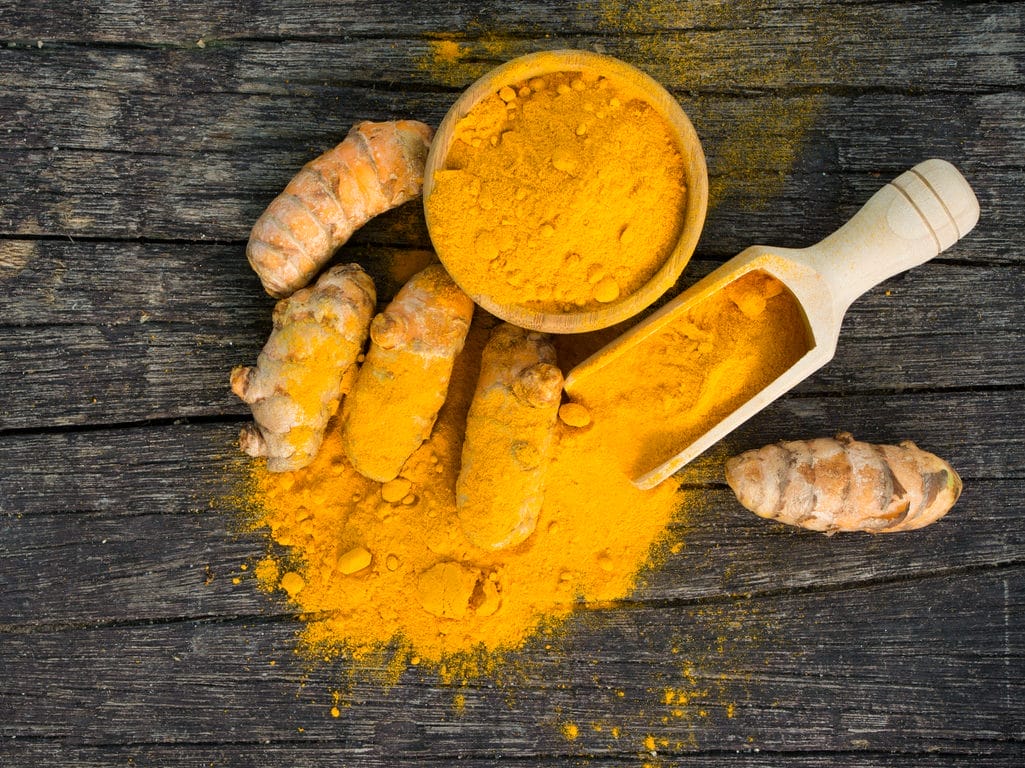
1. Turmeric
Turmeric is more than just a vibrant yellow spice; it’s a cornerstone in Singapore Muslim cooking. Known for its anti-inflammatory properties, turmeric is often used in dishes like curry and rendang. The spice not only adds a rich colour but also imparts a subtle earthiness that elevates the overall flavour profile. In Singapore, it’s common to find fresh turmeric roots in wet markets, ready to be ground into a fine powder for immediate use.
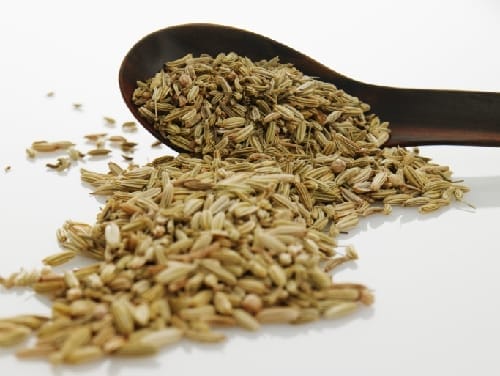
2. Cumin
Cumin is another spice that’s indispensable in Singapore Muslim cuisine. With its warm, slightly bitter taste, cumin is often used in spice blends and marinades. It’s a key ingredient in dishes like biryani and kebabs, adding a layer of complexity that’s hard to replicate. Whether toasted, ground, or used whole, cumin is a versatile spice that’s cherished in many a Singaporean Muslim kitchen.
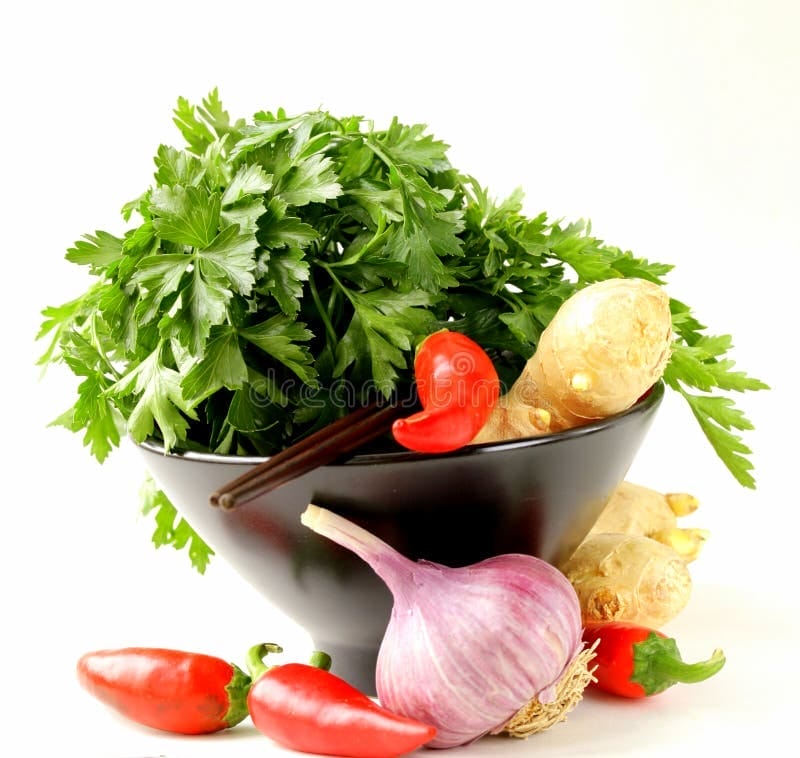
3. Coriander
Coriander serves a dual purpose in Singapore Muslim cooking. The seeds are ground into a spice, while the leaves are used as a herb. Known for its citrusy, slightly sweet flavour, coriander is a staple in dishes like laksa and sambal. It’s often used in conjunction with other spices to create a balanced and aromatic flavour profile that’s quintessentially Singaporean.
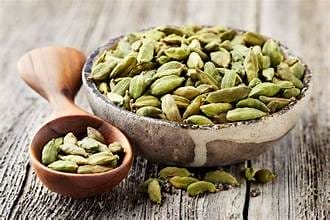
4. Cardamom
Cardamom is a spice that’s as aromatic as it is flavourful. Often used in sweet and savoury dishes alike, cardamom adds a unique, slightly minty flavour that’s hard to miss. In Singapore Muslim cooking, it’s commonly found in desserts like kueh and drinks like teh tarik, making it a versatile ingredient that spans multiple courses.
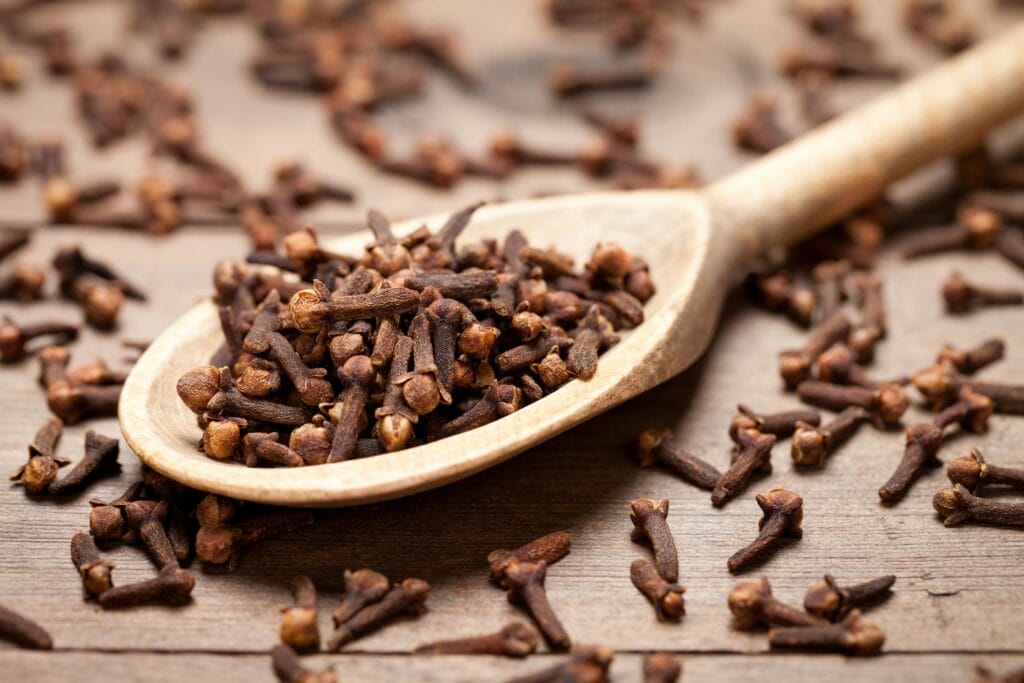
5. Cloves
Cloves are small but mighty, packing a punch of flavour in every pinch. Known for their strong, pungent aroma, cloves are often used in spice blends and stews. In Singapore, they’re a key ingredient in dishes like beef rendang and chicken curry, adding depth and warmth that’s characteristic of Muslim cuisine.
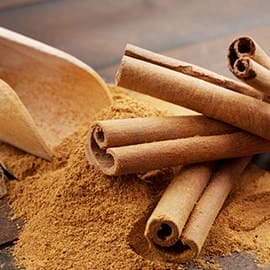
6. Cinnamon
Cinnamon is a spice that needs no introduction. With its sweet, woody aroma, cinnamon is often used in both sweet and savoury dishes in Singapore Muslim cooking. Whether it’s a stick thrown into a pot of curry or ground cinnamon sprinkled over a dessert, this spice adds a comforting, familiar taste that’s loved by many.
_
Read Also:
A Culinary Cut Above: Fast Cooking Tips
_
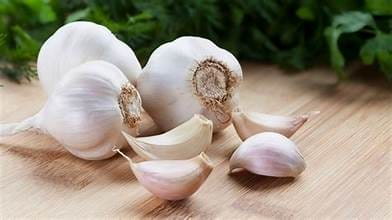
7. Garlic
Garlic is a kitchen staple that’s used extensively in Singapore Muslim cuisine. Whether minced, sliced, or used as a paste, garlic adds a robust flavour that complements a variety of dishes. It’s often sautéed with onions and spices to create a flavourful base for curries, stir-fries, and more.
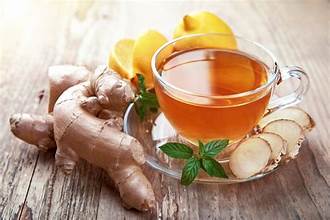
8. Ginger
Ginger is another root that’s widely used in Singapore Muslim cooking. Known for its spicy, zesty flavour, ginger is often used in marinades, spice pastes, and soups. It pairs well with meats like chicken and beef, adding a kick that’s both invigorating and comforting.

9. Lemongrass
Lemongrass is a herb that’s as fragrant as it is flavourful. With its citrusy aroma, lemongrass is often used in Singapore Muslim dishes like sambal and laksa. It’s usually bruised and thrown into soups and stews, releasing its essential oils and infusing the dish with its characteristic flavour.
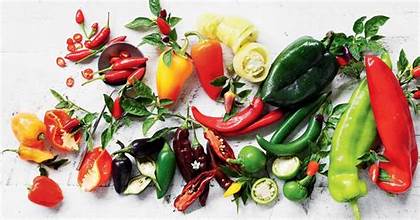
10. Chillies
No list of key ingredients in Singapore Muslim cooking would be complete without chillies. Whether red, green, or dried, chillies add a fiery kick that’s essential to many local dishes. From sambal to curry, the heat from chillies is what makes Singapore Muslim cuisine truly unforgettable.
Conclusion
Singapore Muslim cooking is a symphony of flavours, each ingredient playing its part to create dishes that are deeply satisfying and culturally rich. From the aromatic spices to the zesty herbs, these 10 key ingredients are the soul of Singapore’s Muslim culinary tradition. So the next time you find yourself enjoying a plate of biryani or a bowl of rendang, take a moment to appreciate the intricate blend of ingredients that make it all possible. Happy cooking, Singapore!

Frequently Asked Questions (FAQ)
Q: What are the essential spices in Singapore Muslim cooking?
A: Singaporean Muslim cooking relies on a blend of spices like cinnamon, cardamom, and star anise for flavor.
Q; Can you explain the significance of nasi lemak and biryani in Singaporean Muslim cuisine?
A; Nasi lemak and biryani are iconic rice dishes, showcasing a mix of textures and flavors, essential in this cuisine.
Q; How does sambal enhance the taste of Muslim dishes in Singapore?
A; Sambal, a spicy sauce, adds a fiery kick to numerous dishes, elevating their overall flavor profile.
Q; What role does seafood play in Singaporean Muslim cooking?
A; Fresh seafood, readily available due to Singapore’s coastal location, features in dishes like grilled stingray and sambal squid.
Q; Are there any unique sweet treats in Singaporean Muslim cuisine?
A; Desserts like kueh lapis and bubur cha cha provide a delightful sweet ending to this culinary journey.
Q; What is the cultural significance of Singaporean Muslim cooking in the city’s food scene?
A: Singaporean Muslim cooking is a reflection of the nation’s multicultural essence, uniting diverse culinary influences into a unique and flavorful tapestry.

Have an Article to Suggest?
Tropika Club is always looking for new and exciting content to feature in their magazine and they value the input of our readers. If you have any noteworthy content or articles that you believe would be a great addition to Tropika Club’s magazine, we are open to suggestions and encourage you to reach out to us via email at [email protected]. By doing so, Tropika Club values your expertise and knowledge in the matter and appreciates your willingness to help. We will review your recommendations and update our list accordingly
Meanwhile, Check Out Tropika Club’s Ecosystem of Websites
Tropika Club Magazine – Tropika Club Magazine is a Singapore-based publication that features articles on a wide range of topics with a focus on local businesses and content for the region. The magazine emphasizes supporting local businesses through its #SupportLocal initiative, which includes coverage of everything from neighborhood hawker stalls to aesthetic clinics in town. In addition to highlighting local businesses, Tropika Club Magazine also covers a variety of local content, including beauty, lifestyle, places, eats, and what’s on in Singapore and the Asia Pacific region.



